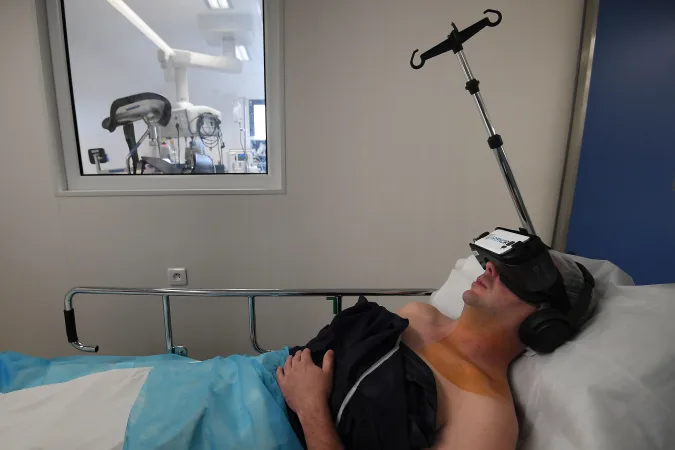The artificial surface can even learn to adapt to obstacles such as broken components, unexpected constraints, or changing environments, leading to future applications in flexible robotics, augmented reality, biomimetic materials, and topic-specific wearables. The study was published in the online edition of the journal Nature on the 21st.
The researchers say the surface is programmable, with a soft surface equipped with engineered active elements that can change shape between several shapes, like a piece of origami, in response to triggers from light, heat or other stimuli. .
To create such a surface, the researchers first laid out a grid of beams, made of a thin layer of gold, wrapped in a thin polymer. A single beam is only 8 microns thick, about the thickness of cotton fibers, and less than 1 mm wide. They are so light that the magnets deform them easily and quickly.
To generate localized forces, the surface is placed in a low-level static magnetic field. Voltage changes generate complex but easily predictable currents along the golden grid, driving the out-of-plane shift of the grid.
The researchers say this is the first artificial soft surface fast enough to accurately simulate the continuous deformation processes found in nature. A key advance is structural design, which enables an unusual linear relationship between electrical input and the resulting shape, making it easy to figure out how to apply voltage to achieve a wide variety of target shapes.
The new “metasurface” exhibits a range of morphing and mimicry skills. The bulge it creates rises and moves across the surface like a cat under a blanket trying to find its way out. With cameras monitoring deforming surfaces, metasurfaces can also learn to recreate shapes and patterns on their own. By slowly adjusting the applied voltage, the learning algorithm takes the 3D imaging feedback and calculates how different inputs affect the shape of the deformed surface.
Since the surface can learn itself through trial and error, it can also adapt to damage, unexpected physical constraints or environmental changes. In one experiment, it quickly learned to mimic a bulging mound, even though one of its beams was severed. In another experiment, the mesh managed to mimic a target-like shape despite a weight being applied to one of its nodes.
Going forward, researchers hope to create robotic metasurfaces with integrated shape sensing to perform real-time shape simulations of complex, dynamic surfaces in nature, such as water waves, fish fins, or human faces. The lab is also considering embedding more components in the prototype, such as on-board power supplies, sensors, computing resources or wireless communication capabilities.




GIPHY App Key not set. Please check settings